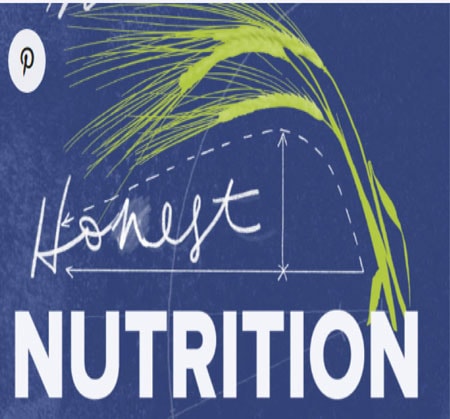Selenium is an essential trace mineral that is important for many functions in the body. Recent research suggests that selenium has anti-aging properties and may even protect against age-associated disease. In this Honest Nutrition feature, we explore we explore the latest research to investigate the role of selenium in aging. Written by Lindsey DeSoto, RDN, LD on March 31, 2022 — Fact checked by Alexandra Sanfins, Ph.D.
This series of Special Features takes an in-depth look at the science behind some of the most debated nutrition-related topics, weighing in on the facts and debunking the myths. Design by Diego Sabogal. Selenium is a trace mineral, which means the body only requires it in very small amounts. It is naturally present in many foods and is also available as a dietary supplement.
The majority of selenium from our diet gets stored in muscle tissue, though the thyroidTrusted Source is the organ with the highest concentration. Selenium is an important componentTrusted Source of enzymes and proteins — known as selenoproteins — that play a key role in reproduction, thyroid hormone metabolism, and DNA synthesis.
Selenoproteins also act as powerful antioxidants that help protect against damaging particles in the body called free radicals. Free radicalsTrusted Source are unstable atoms produced naturally in the body as a byproduct of normal functions within the body. They cause damage to cell membranes and DNA. Over time, this can lead to inflammation, premature skin aging, and a host of age-associated diseases.
Biological agingTrusted Source is a complex process that involves molecular damage, metabolic imbalance, immune system changes, and increased susceptibility to environmental stressors and disease. According to a reviewTrusted Source from 2018, selenium can fight aging and prevent age-related health issues, such as tumors, cardiovascular disease, and neuropsychiatric disorders. Some researchers also believe that selenium can reduce chronic inflammationTrusted Source, which is closely related to aging.
According to some research, selenoproteins are primarily responsible for many of the health benefits of selenium. For example, one 2021 review found that selenoproteins play a key role in controlling and removing misfolded proteinsTrusted Source, which accumulate as we age. Specialists note that the accumulation of misfolded proteins is a common characteristic of aging and age-related diseases.










